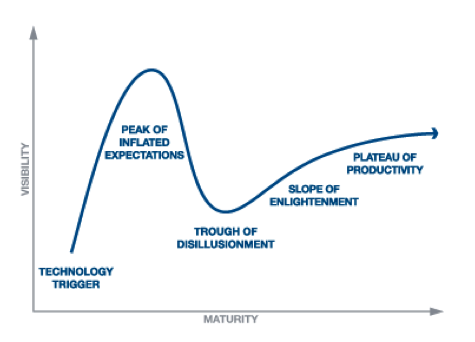
Big Data Analytics Market Slows to Single-Digit Growth

The global business intelligence and analytics software market grew 8 percent in 2013 to an estimated $14.4 billion as market uncertainties continued to depress more robust growth, according to market researcher Gartner Inc.
The market share survey included business intelligence platforms, corporate performance management suites, data analytic applications and advanced analytics. Global analytics revenue in 2012 was pegged at $13.3 billion.
Dan Sommer, research director of Gartner, said the analytics software market continues to shift gears. “We’re at the cusp of a series of tipping points which will facilitate unprecedented interest and adoption of analytics,” Sommer predicted in a statement.
Gartner identified several factors that have slowed the global analytics market. Among them was tepid economic growth that has slowed growth in emerging markets where analysts expected more robust uptake.
Gartner found that no region surveyed grew more than 12 percent in 2013, “which breaks the strategic assumption that many of the large vendors have held for years – that emerging markets are growing at a much faster rate,” Sommer noted.
The market survey also found that confusion persists about how best to leverage analytics for big data applications. “Much big data investment happened outside traditional [business intelligence] in experimental silos, infrastructure, and services,” Gartner said.
The rate of growth was also slowed by relatively flat IT spending as administrators look for cost savings through cloud deployments as a way to justify the investments in modernization. The cost-savings measures contributed to slower growth in the business intelligence and analytics software sectors.
Nevertheless, Sommer forecast a “series of tipping points in 2014 that will accelerate adoption,” adding that half of spending for business intelligence and analytics tools will come from corporate investments while the other half comes in the form of licensing.
Spending in 2014 will be “driven by data discovery requirements, and half of organizations will consider deploying [business intelligence] in the cloud, at least tactically,” Sommer predicted.
Big data analytics vendors are expected to counter the slowing growth seen in 2013 by emphasizing agility by moving data discovery capabilities to the cloud. Data “analytics is also moving beyond just being a singular tool to become more omnipresent, embedded in various other applications and infrastructures. All of these trends, paradoxically to the single-digit growth, cement analytics as a top priority,” the market researcher added.
SAP again ranked first globally among business intelligence and analytics software vendors with 2013 revenues of nearly $3.1 billion. Oracle was a distant second at just under $2 billion in revenue. Microsoft, ranked fifth, saw the largest annual revenue growth, 15.9 percent.
The survey also found that data discovery requirements drove growth in 2013, with a growing emphasis on reporting and analysis tools. Overall, business intelligence platforms continued to dominate the market, accounting for nearly 60 percent of revenues last year.
Related Items:
Big Data Spending to Hit $8M Per Organization, IDG Says
The 2013 Big Data Year in Review
The Big Data Market By the Numbers




























